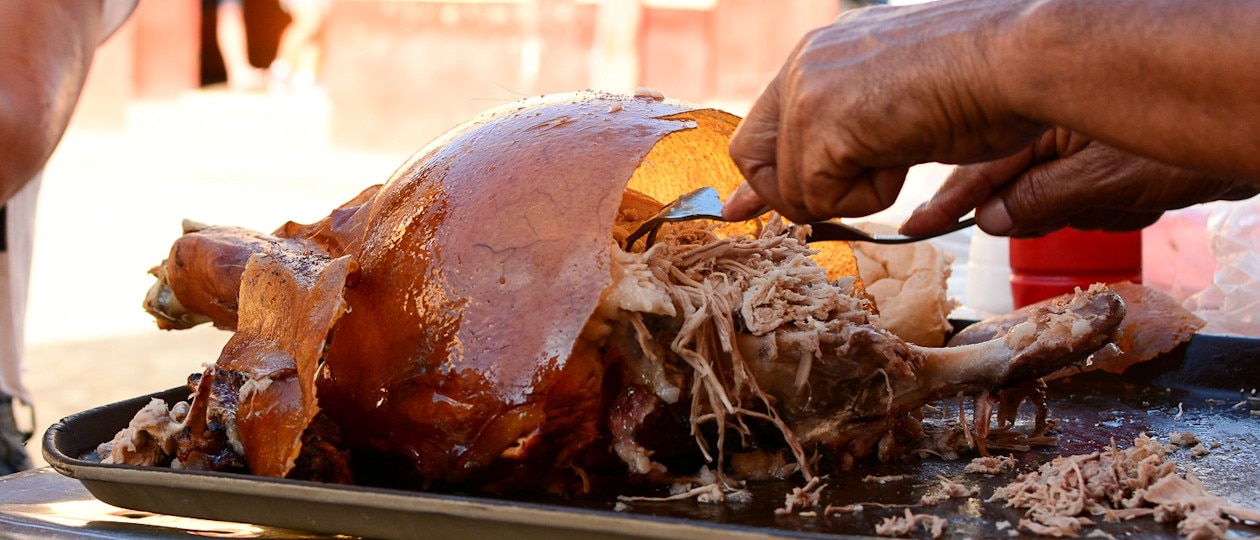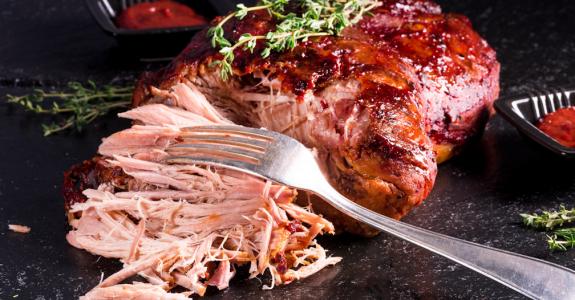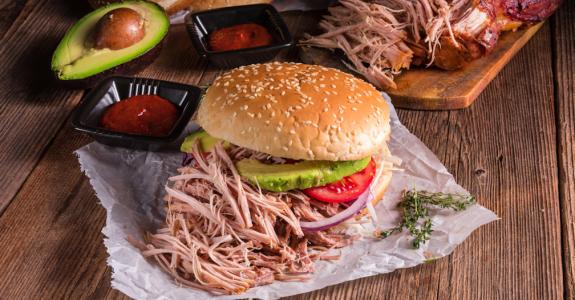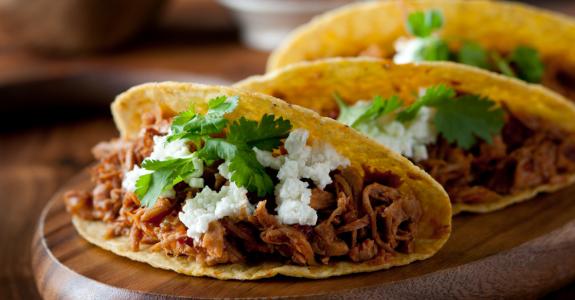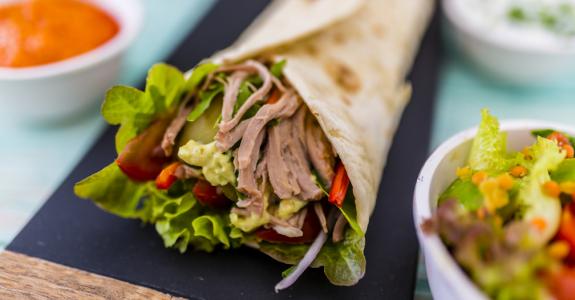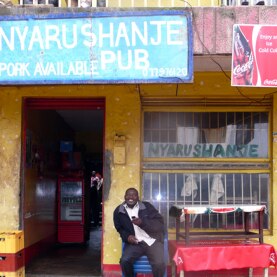Pulled pork
Taking full advantage of the popularity of barbecues, the pulled-pork trend shows no sign of slowing down. Fast-food outlets have been quick to jump on the bandwagon.
Beneath a lacquered crust formed by slow-cooking, pulled pork conceals delicious, tender meat. ©Diana Danko
Barbecuing is serious business in the US. Try telling the inhabitants of North Carolina that their neighbours make better pulled pork than they do, and you could spark a brawl. Cooking pork on a barbecue is a major component of culinary and historical heritage and is imbued with regionalisms, a source of pride and a way for people to set themselves apart. Some use hickory wood for smoking the pork, while others swear by branches of an apple tree; some season with a mix of ketchup and spices, while others insist on a vinegar-based sauce. It is a question of identity, of belonging, of tradition that, in short, is no laughing matter. While the different styles are hotly debated, there is one element on which everyone agrees: Cooking pulled pork in the way it should be cooked takes time. It is not something to be rushed.
Low and slow
This popular dish, a traditional feature of festive gatherings, is prepared from a shoulder of pork. The large joint of meat should be brined and then carefully covered in ‘dry rub’ (brown sugar mixed with spices including paprika, pepper and chilli powder) before being barbecued at a low temperature. Wood chips are added to the embers to flavour the meat as it cooks. The low temperature requires a long cooking time of at least eight to twelve hours, or as much as an entire day for bigger joints. This is what Americans call the low-and-slow technique.
Once cooked, the meat is wrapped in tin foil and left to rest before being gently pulled apart using two forks; hence the name of the dish. The slow and gentle cooking allows the marbling and collagen to melt and the aromas to develop, transforming the joint of meat into deliciously juicy and tender pulled pork. A culinary experience to share with friends on a lazy summer Sunday. Pulled pork is the quintessential slow food.
Bringing opposites together
At the opposite end of the scale you have fast food, a well-known concept that is all about speed. Chains such as Wendy’s, Burger King and McDonald’s serve thousands of fast-food meals every day, mainly hamburgers and chips to customers on the run with no time to spare over their meal. The food is served in a matter of seconds and eaten just as quickly.
Pulled pork versus fast food? Blatant incompatibility. Yet, the impossible has become possible. Pulled pork has escaped its native Carolina to now be found where it was least expected, in fast-food outlets around the world.
Success without borders
Pulled pork has become a huge hit over recent years. Riding the coattails of the trend for barbecuing – that cleared the way by attracting masses of devotees and becoming, in the process, a real culinary genre – pulled pork first conquered the United States before quickly making its way to all continents. Merrily crossing geographic and social borders, it features in Jamie Oliver’s cooking, on British Airways’ first-class menu and can even be found in Florence’s Mercato Centrale, the Mecca of Italian gastronomy, where it rivals the traditional lampredotto (Florentine tripe sandwich).
Large fast-food chains, such as McDonald’s or Subway, have taken the plunge and introduced their customers to pulled pork, including it on their promotional or permanent menus. Cooked and shredded in advance, quickly assembled with coleslaw in a bread bun, its novelty appeals to consumers. It is also now possible to find ready-made versions or pre-cooked pulled pork in supermarkets. However, if you find yourself tempted by pulled-pork burgers, which can simply be taken out of the freezer and heated in a pan, check that they do not contain more sausage meat than slow-cooked pork shoulder!
Pulled pork is versatile and its many variations are moving further and further away from the traditional version. Walkers, the well-known British brand of crisps, has been quick to create pulled pork-flavoured crisps, while Kentucky Fried Chicken is trying out ‘pulled chicken’. The meaty success of pulled pork is far from over!



